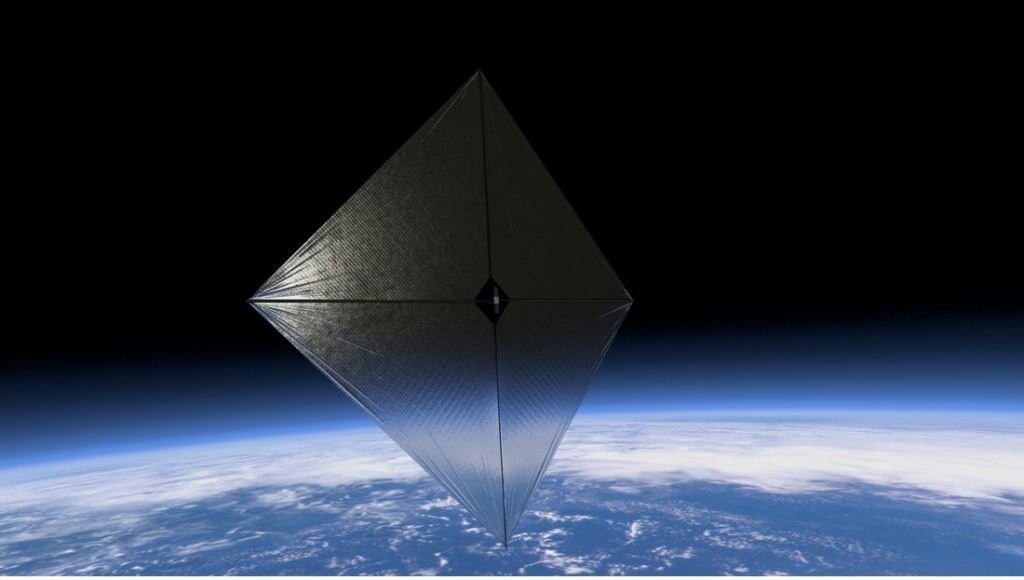Scientists have proposed to deal with global warming by reducing the amount of energy coming from the Sun. For this, an enormous translucent “umbrella” is proposed to be placed between the Earth and the Sun. However, this idea raises many questions among experts.

Enormous “umbrella” for the Earth
An article on a radical way to deal with global warming is being prepared for publication in the journal Acta Astronautica. Its authors propose to reduce the temperature on the planet by simply reducing the intake of solar radiation. To do this, an enormous “umbrella” should be placed in space.
It should be placed at the Lagrange point L1 between the Sun and the Earth. Despite all the similarities with solar sails, the umbrella will not be like them. If it reflects light, it will receive an impulse from it that will simply tear it from its place.
Therefore, instead, the authors of the concept propose to make it out of a material through which the rays will pass bending in different directions. Thus, they will not fall to Earth and the global temperature will decrease by 2 degrees.
Constructive questions
The authors of the publication are well aware of the size of the structure they are talking about. Therefore, they propose to build them from the strongest and lightest materials available to people. But even if the “umbrella” is made of carbon nanotubes and graphene, its weight will be 550 thousand tons.
Therefore, scientists are considering the option of replacing one enormous “umbrella” with hundreds of smaller ones. However, even in this case, in order to put them into orbit by modern means, at least 400 rocket launches designed specifically for this purpose will be needed. At the same time, over the past year, all countries together made only 146 starts.
Will it help to deal with warming?
At the same time, experts warn that in fact, the consequences of using such a design can be unpredictable. In particular, it is already clear that the amount of precipitation will decrease along with the amount of heat. This will primarily affect regions that are not well supplied with water, where droughts are spreading.
Alternative Earth shielding projects are also quite questionable. They suggest the spraying of particles at high altitudes, simulating the phenomenon of “volcanic winter”. However, scientists note that we still know little about such engineering. If the direction of heat reflection is calculated incorrectly, then instead of lowering the temperature, we will get its growth.
In addition, experts warn that a decrease in sunlight helps to deal only with the consequences of the crisis, and not with its causes. The last one is excessive consumption of various resources.
According to phys.org
Follow us on Twitter to get the most interesting space news in time
https://twitter.com/ust_magazine
